By Christopher Miskimon
In April 1754 the French sent an impressive host down the Allegheny and Ohio Rivers. Six hundred men with artillery and supplies set out in canoes and bateaux. It was a large military force, one of the largest yet seen on the North American continent. This group soon took control of a small British outpost, sending its occupants back to the English colonies. War loomed on the horizon. A young militia officer, Lt. Col. George Washington, volunteered to lead an expedition to warn the French to depart or be forcibly removed. It was a fateful mission for the young man, the first in what would be a long and distinguished military career.
In the event, Washington’s mission did not end peaceably. France and England soon went to war, a conflict which spanned much of the world including North America. Young Washington had a difficult time on his first martial foray, but the war would prove a crucible, teaching and preparing him for the future. This incident, among others, would provide the sparks necessary to begin what was for the time a world war. The French and English fought across several continents in what would become known as the Seven Years’ War. In North America the conflict was dubbed the French and Indian War.
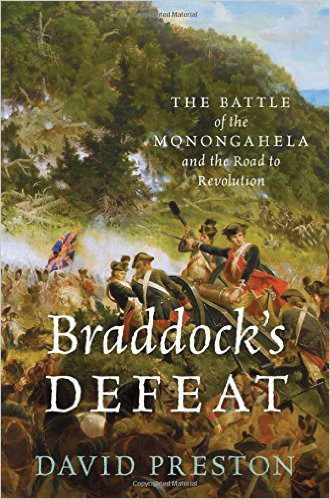 From the start, conducting a war in America required the British to cooperate with the colo-nists. This was not an easy thing; regular British Army commissions took precedence over colonial ones, making the colonists always subordinate regardless of rank. For their part, the British officers saw their American counterparts as inadequately trained amateurs at best, and a reckless rabble at worst. However, the continent was vast and resources were stretched thin, so colonial troops were needed to conduct effective operations in the untamed wilderness in which the British and French were fighting. One such expedition would end in a horrid defeat for the English, but it helped set the stage for the American Revolution. Led by British General Edward Braddock, the story of this ill-fated mission is told well in Braddock’s Defeat: The Battle of the Monongahela and the Road to Revolution (David Preston, Oxford University Press, UK, 2015, 480 pp., maps, illustrations, appendices, notes, bibliography, index, $29.95, hardcover).
From the start, conducting a war in America required the British to cooperate with the colo-nists. This was not an easy thing; regular British Army commissions took precedence over colonial ones, making the colonists always subordinate regardless of rank. For their part, the British officers saw their American counterparts as inadequately trained amateurs at best, and a reckless rabble at worst. However, the continent was vast and resources were stretched thin, so colonial troops were needed to conduct effective operations in the untamed wilderness in which the British and French were fighting. One such expedition would end in a horrid defeat for the English, but it helped set the stage for the American Revolution. Led by British General Edward Braddock, the story of this ill-fated mission is told well in Braddock’s Defeat: The Battle of the Monongahela and the Road to Revolution (David Preston, Oxford University Press, UK, 2015, 480 pp., maps, illustrations, appendices, notes, bibliography, index, $29.95, hardcover).
Braddock departed Ireland in early 1755 at the head of more than 1,300 troops supported by 29 artillery pieces of varying sizes. He reached America a month later and soon after sent a letter to George Washington inviting the young Virginian to join his staff. Braddock’s column, as part of a four-pronged attack against the French in North America, would march on Fort Duquesne, a stronghold in present day Pittsburgh, Pennsylvania. Seizing the fort would cripple French strength in the region. The British believed the fort was lightly held and could be taken easily. For a time this was true, but the French recognized their weakness and reinforced the fort.
Braddock’s column began its trek through the wilderness toward Fort Duquesne, crossing the Monongahela River on July 9. It had been a hard journey through undeveloped land; the road was rough and needed almost constant widening to accommodate the wagons and artillery. Braddock’s troops were tired after weeks of hard marching. Ahead of them awaited a force of French troops and Indian warriors sent to ambush them. The two groups ran into each other; the British advanced guard, led by then Lt. Col. Thomas Gage, was beset by their enemy and forced back after taking casualties.
The Indians pressed forward using tactics the British regulars were unaccustomed to facing. Soon the English formations began to disintegrate as Braddock tried to rally them. He had several horses shot from under him. For a while only the Virginia troops in the rearguard remained steady, but eventually order was restored and the British troops began to stand firm. Eventually Braddock was wounded, and this compelled the British to begin withdrawing to the river. Washington rallied the fleeing British force and managed to form a rearguard, something for which he was remembered for in later years. Still, it was a humiliating defeat for the English; they suffered two-thirds casualties and a great loss of prestige. Braddock died a few days after the battle.
The strength of this book is its thorough detail. The author provides background information on all the major personalities, plans, and activities which led to the battle. He also uses newly examined Native American sources to provide a more complete view of the action. Many participants in the Revolution were present at Monongahela, such as Washington, Gage, Captain Horatio Gates and teamster Daniel Morgan. Their stories are also told, providing context for their later lives. The wider political context and consequences of the battle complete the book. This is a fascinating book which provides the reader with a complete picture of the battle and challenges some long-held assumptions with insight and analysis.
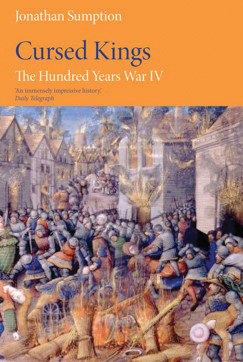 The Hundred Years War, Volume 4: Cursed Kings (Jonathan Sumption, University of Pennsylvania Press, Philadelphia PA, 2015, 928 pp., maps, notes, bibliography, index, $59.95, hardcover)
The Hundred Years War, Volume 4: Cursed Kings (Jonathan Sumption, University of Pennsylvania Press, Philadelphia PA, 2015, 928 pp., maps, notes, bibliography, index, $59.95, hardcover)
At the beginning of the 15th century, France was heading for a fall. Internal struggles were tearing her apart, King Charles VI was insane and the royal family was a greedy, violent bunch unwilling to settle its differences for the good of the land. All this left France open to conquest by the aggressive King of England, Henry V. The Lancastrian king’s campaign led to the Battle of Agincourt, during which his dismounted knights and longbowmen once again destroyed the flower of French Chivalry as had been done at the battles of Crecy and Poitiers in the previous century. This left France open to defeat and surrender to Henry, even though he would not live long enough to reap the benefits of his success.
This epic series is the result of more than two decades of work and is the author’s masterwork on the Hundred Years War. This volume covers the period from 1400 to 1422. Full of rich detail gained extensively through original research, this latest volume is fully the equal to the three preceding volumes. Often books with such an esteemed academic pedigree can be challenging to read, but this work flows easily; the author’s clear style makes the pages fly by. Sumption’s profiles of the people who lived and fought during the conflict are one of the book’s greatest strengths.
 The Vikings and Their Enemies: Warfare in Northern Europe, 750-1100 (Philip Line, Skyhorse Press, New York, 2015, 318 pp., maps, illustrations, notes, bibliography, index, $26.99, hardcover)
The Vikings and Their Enemies: Warfare in Northern Europe, 750-1100 (Philip Line, Skyhorse Press, New York, 2015, 318 pp., maps, illustrations, notes, bibliography, index, $26.99, hardcover)
The Vikings are famous for their skill as warriors and raiders. They terrorized the littoral zones of Europe for centuries, even penetrating into the continental heartland through its rivers. Yet little thought is given to their strategic skills or methods. They usually are considered little more than savage brutes. The Vikings had their own body of knowledge for warfare, though, much like their opponents. When necessary, they built forts and they planned for campaigns including extensive logistical preparations. They could also lay siege to large cities, though only at Paris did they appear to use siege engines. Overall, their martial skills were at least the equal of their enemies, and combined with their aggressiveness, it allowed them achieve much and to strike fear into the hearts of European across the continent.
This book enlightens the reader on the nuances of warfare during this period. There were many practicalities to campaigning and many challenges to overcome. The author shows the ingenuity of the Vikings and their foes using the latest archaeological discoveries and the surviving writings of the period. He dispels many of the myths about the Vikings and sets the record straight as to their amazing achievements.
 In the Shadow of the Alabama: The British Foreign Office and the American Civil War (Renata Eley Long, Naval Institute Press, Annapolis MD, 2015, 280 pp., illustrations, notes, bibliography, index, $37.95, hardcover)
In the Shadow of the Alabama: The British Foreign Office and the American Civil War (Renata Eley Long, Naval Institute Press, Annapolis MD, 2015, 280 pp., illustrations, notes, bibliography, index, $37.95, hardcover)
The CSS Alabama was nearly seized by the British Government in 1862. It was built for the Confederacy by the John Laird Sons and Company shipbuilders of England. The construction was overseen in secret by a Confederate Navy officer, Captain James Bulloch. The ship narrowly escaped impoundment and went on to a two-year war against Union commerce.
Many accounts of the Alabama’s escape attribute the ship’s fortuitous escape to Victor Buckley, a clerk in the British Foreign Office. He is suspected of leaking information to Confederate agents, enabling the ship to get away. Meanwhile, the American Minister to England, Charles F. Adams, used his own spies to prove how British companies were aiding the Confederacy.
The mysteries surrounding the Alabama are explored in this new book. There are a number of them and each is given a thorough look, allowing the reader an in-depth look at the political machinations of the American and British governments at a critical time in their relations. The involvement of the British in the American Civil War is full of intrigue, and this story of the vessel is a fascinating tale well presented.
 Winston Churchill Reporting: Adventures of a Young War Correspondent (Simon Read, Da Capo Press, Boston, MA, 2015, 309 pp., maps, photographs, notes, bibliography, index, $26.99, hardcover)
Winston Churchill Reporting: Adventures of a Young War Correspondent (Simon Read, Da Capo Press, Boston, MA, 2015, 309 pp., maps, photographs, notes, bibliography, index, $26.99, hardcover)
British Prime Minister Winston Churchill is most famous for his leadership of the United Kingdom in World War II and deservedly so. Without him England’s survival in the dark days of 1940-41 would have been immeasurably more difficult, if not impossible. He not only pulled them through that dark time but onward to eventual victory by 1945.
Churchill did not rise from the earth ready for the conquest of that tumult, though. Like any other human being, he was forged in the experiences of his earlier life. Young Churchill knew if he wanted to gain a life in politics he had to make a name for himself, one people would recognize and respond to. He did this through a combination of military service and war reporting, relaying the sounds of gunfire and conflict through his words to readers eager for news of Britain’s worldwide martial operations.
This was how Churchill created himself. Through entering combat zones he developed his character, gaining determination and steadfastness. He learned tenacity and bravery. The young Englishman also learned how to write, gaining a command of language which allowed him to captivate his audience whether they were reading his reports or listening to his speeches. These skills were gained at places such as Cuba, Omdurman, and South Africa, all sites from which Churchill reported.
By taking the reader back to a time before Churchill became famous and successful, the author shows a young man with all his dreams and desires before him. He shows what is perhaps the most formative time in the future prime minister’s life and explains how his experiences contributed to the traits he later exhibited leading Great Britain during its greatest test of survival.
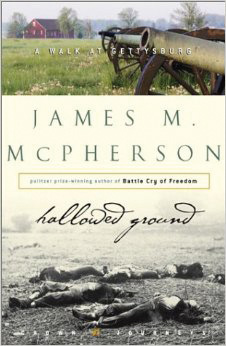 Hallowed Ground: A Walk at Gettysburg (James M. McPherson, Zenith Press, Minneapolis, MN, 2015, 224 pp., maps, illustrations, index, $35.00, hardcover)
Hallowed Ground: A Walk at Gettysburg (James M. McPherson, Zenith Press, Minneapolis, MN, 2015, 224 pp., maps, illustrations, index, $35.00, hardcover)
Gettysburg is one of the great battles of American history. James McPherson is one of America’s greatest historians on the Civil War. He walked this battlefield many times, leading tours of it and studying each of its many sites. McPherson had a great ability to explain the battle and its greater context, showing how it fit into the greater story of the war as a whole along with world events at the time.
This new edition of his writings on the famous battle is enhanced with the words of participants and other well-known writers. It is a coffee-table book which is also well-illustrated with period images, maps, and photographs of the ground as it appears today. It thoroughly covers the overall conduct of the battle while including many small stories of the various participants in detail.
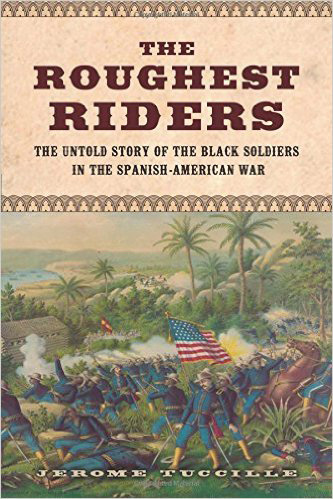 The Roughest Riders: The Untold Story of the Black Soldiers in the Spanish-American War (Jerome Tuccille, Chicago Review Press, 2015, 304 pp., maps, photographs, bibliography, index, $26.95, hardcover)
The Roughest Riders: The Untold Story of the Black Soldiers in the Spanish-American War (Jerome Tuccille, Chicago Review Press, 2015, 304 pp., maps, photographs, bibliography, index, $26.95, hardcover)
The fighting in Cuba during the Spanish-American War was the stuff of newspaper drama and patriotic fervor. In particular, the battles for San Juan and Kettle Hill stood out as examples of American bravery and determination. Much of this was credited at the time to future-president Theodore Roosevelt’s famed Rough Riders, a volunteer cavalry unit assembled from disparate portions of American society. Since then their fame has been maintained in both print and film.
The Rough Riders were not the only American unit present at this battle or in Cuba. The 9th and 10th Cavalry and the 24th and 25th Infantry Regiments were African-American units in which black soldiers led by white officers. They fought as hard as any, bearing much of the fighting on the island. Even Roosevelt admitted they had led the charge to the top of Kettle Hill, though he later changed his story.
The story of African-American soldiers in military history has finally been getting more attention in recent years; this book does a fine job in the quest to correct that imbalance. The narrative flows smoothly, tying together the big story of the war and its origins to the smaller, but more fascinating, tale of the African-American troops who fought it. These men served a country which was eager to take the world stage but not yet ready to acknowledge the efforts of all who helped achieve that lofty goal. This new work helps broaden the depth of American military history for all who took part in it.
 365 Aircraft You Must Fly: The Most Sublime, Weird, and Outrageous Aircraft from the Past 100+ Years (Robert F. Dorr, Zenith Press, Minneapolis, MN, 2015, 320 pp., photographs, index, $22.99, softcover)
365 Aircraft You Must Fly: The Most Sublime, Weird, and Outrageous Aircraft from the Past 100+ Years (Robert F. Dorr, Zenith Press, Minneapolis, MN, 2015, 320 pp., photographs, index, $22.99, softcover)
Any book listing the best aircraft in history is sure to be controversial, but this one sparks the interest of the reader with its broad selection of flying machines from across the aviation spectrum. Old favorites from the P-51 Mustang to the B-52 Stratofortress are deservedly included, but aircraft many readers have never heard of are there as well. The German FA330 was a hybrid helicopter-glider that was towed behind U-Boats to search for targets. The HUP Retriever was the first successful twin-rotor helicopter and flew in Korea. The F2Y Sea Dart was a jet-propelled seaplane fighter which never went into production, but was an imaginative concept.
The author is an acknowledged aviation expert. His list is a fascinating look at the world’s greatest and strangest aircraft. The book is well-illustrated, mostly in color and each design’s history is summarized neatly. While some of the planes chosen are civilian aircraft, most are military from World War I to the present.
Short Bursts
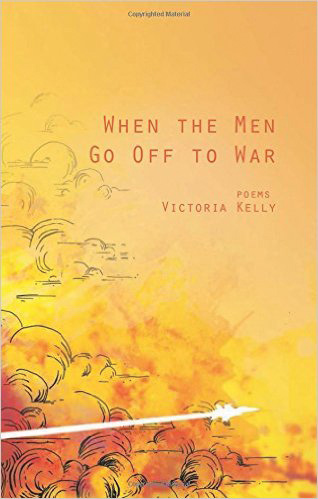 When the Men Go Off to War: Poems (Victoria Kelly, Naval Institute Press, 2015, $27.95, hardcover) The author is an acclaimed poet. This collection of her work examines the experience of military spouses during deployments.
When the Men Go Off to War: Poems (Victoria Kelly, Naval Institute Press, 2015, $27.95, hardcover) The author is an acclaimed poet. This collection of her work examines the experience of military spouses during deployments.
The Long Shadow: The Legacies of the Great War in the Twentieth Century (David Reynolds, W. W. Norton, 2015, $17.95, softcover) Reynolds’ book assesses the influence World War I had on the rest of the 20th century. He takes a critical look at a war largely forgotten in America.
A Nation and Not a Rabble: The Irish Revolution 1913-1923 (Diarmaid Ferriter, The Overlook Press, 2015, $35.00, Hardcover) The Irish Revolution has been largely sidetracked by World War I. The author explores the actions and personalities of this long-ignored conflict.
Operation Thunderbolt: Flight 139 and the Raid on Entebbe Airport, the Most Audacious Hostage Rescue Mission in History (Saul David, Little, Brown and Company, 2015, $30.00, hardcover) A comprehensive retelling of the 1976 terrorist incident and subsequent rescue mission. It is a day-by-day, blow-by-blow account of the astounding Israeli operation.
A Young General and the Fall of Richmond: The Life and Career of Godfrey Weitzel (G. William Quatman, Ohio University Press, 2015, $28.95, hardcover) The subject of this biography is almost unknown today, but he was the general who took Richmond for the Union. The author tells Weitzel’s story in detail using numerous sources.
Battlefields in Britain (C. V. Wedgwood, Unicorn Press Ltd. 2015, $18.00, hardcover) A compact yet informative guide book of the famous battlefields of England by the grand dame of British history. Her book describes 15 key battles from Hastings to Culloden.
 Choosing Courage: Inspiring Stories of What It Means to be a Hero (Peter Collier, Artisan Publishing, 2015, $18.95, hardcover) A series of vignettes on American military heroes. The compelling book is published in cooperation with the Congressional Medal of Honor Foundation.
Choosing Courage: Inspiring Stories of What It Means to be a Hero (Peter Collier, Artisan Publishing, 2015, $18.95, hardcover) A series of vignettes on American military heroes. The compelling book is published in cooperation with the Congressional Medal of Honor Foundation.
Attila the Hun (Nic Fields, Osprey Publishing, 2015, $18.95, softcover) The publisher’s command series title offers a detailed analysis of Attila’s tactics, experiences, and successes. In the two decades before his death his armies overran the eastern and western Roman empires.
Special Forces in the War on Terror (Leigh Neville, Osprey Publishing, 2015, $32.95, hardcover) An overview of the various U.S. and Allied special forces troops. The work covers covert missions in the Middle East and Africa.
Lincoln’s Spymaster: Allan Pinkerton, America’s First Private Eye (Samantha Seiple, Scholastic Press, 2015, $17.99, softcover) A biography of the nation’s premier spymaster during the American Civil War. The author explores his character and the legacy he left behind.
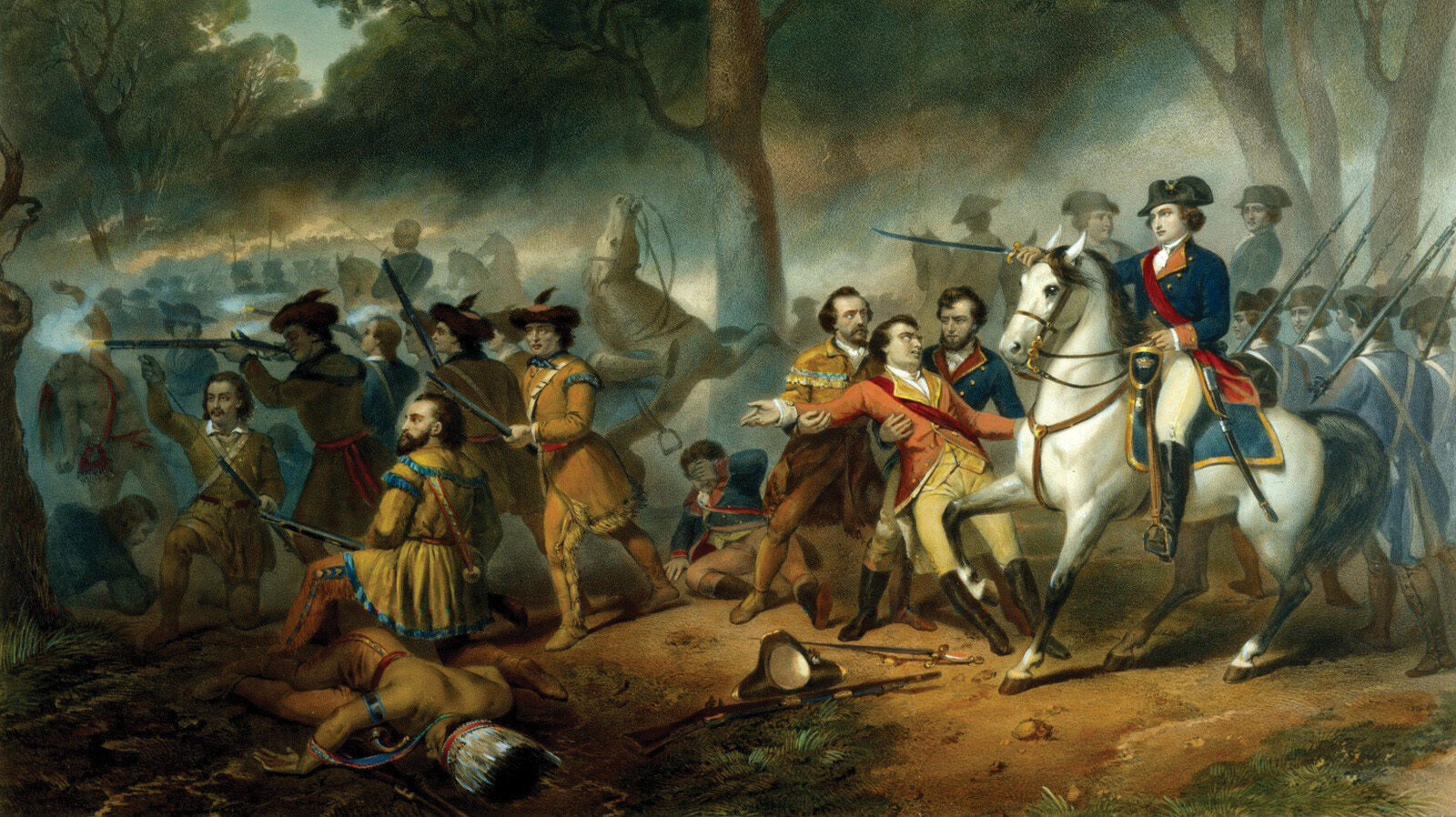
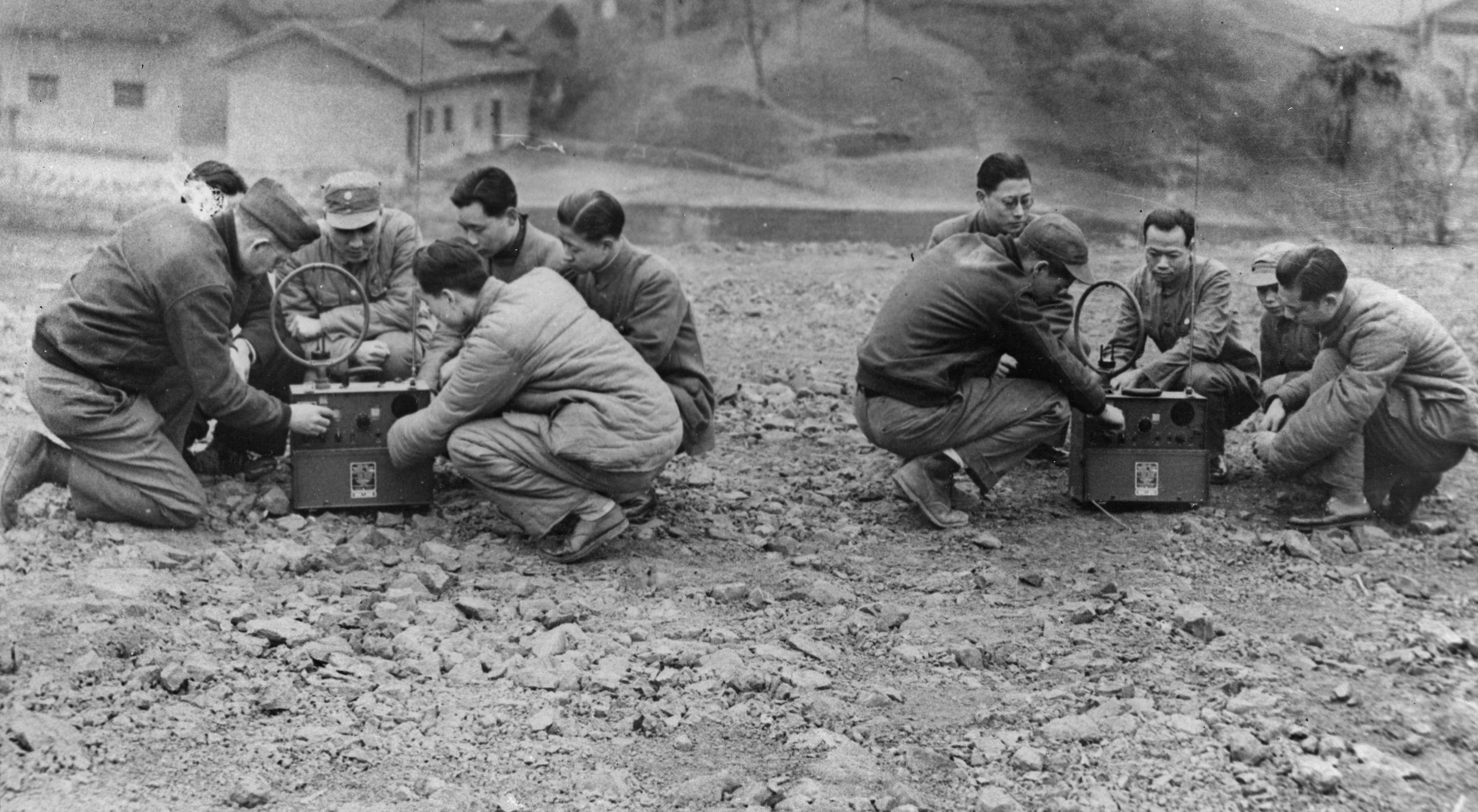
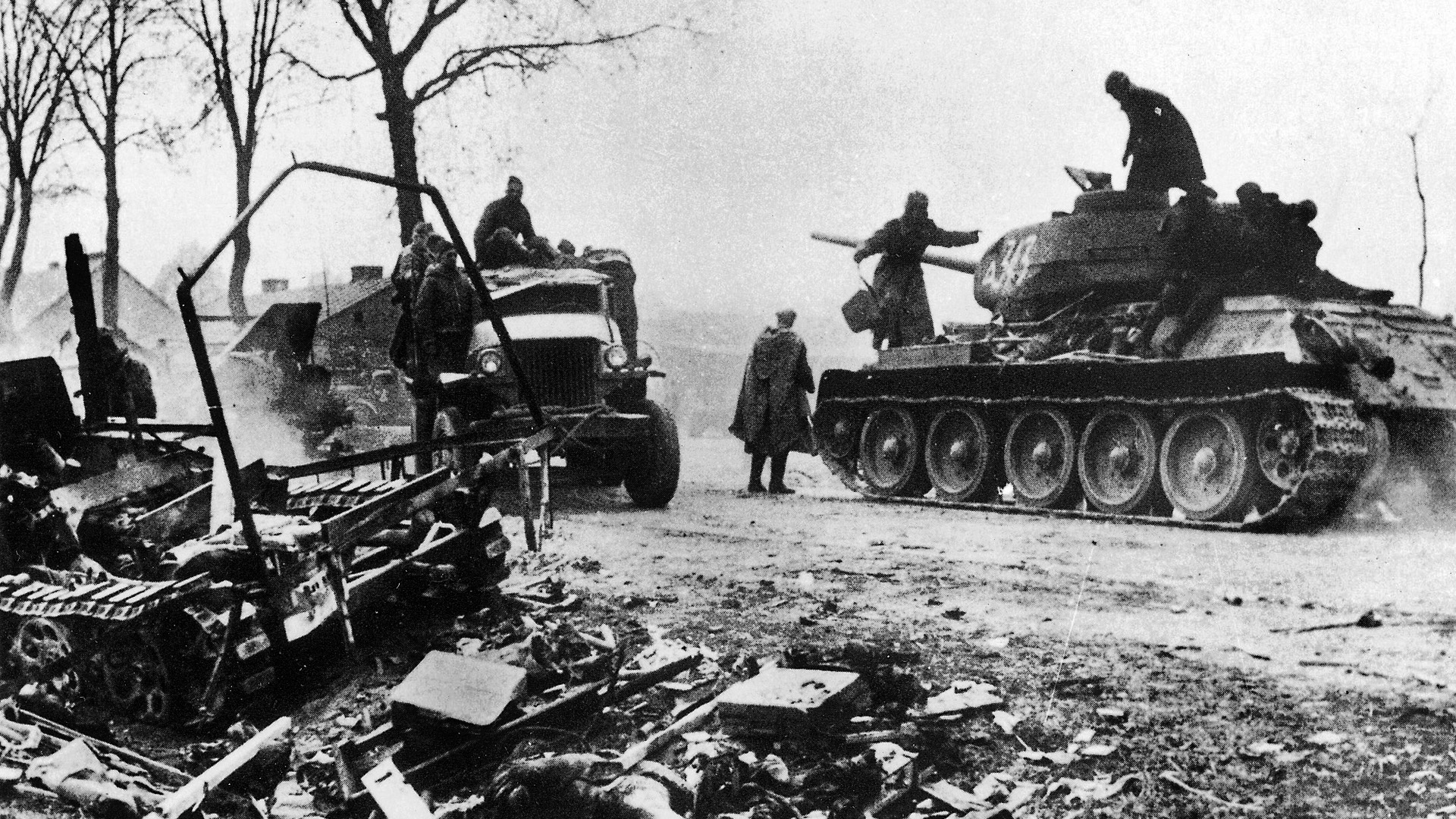
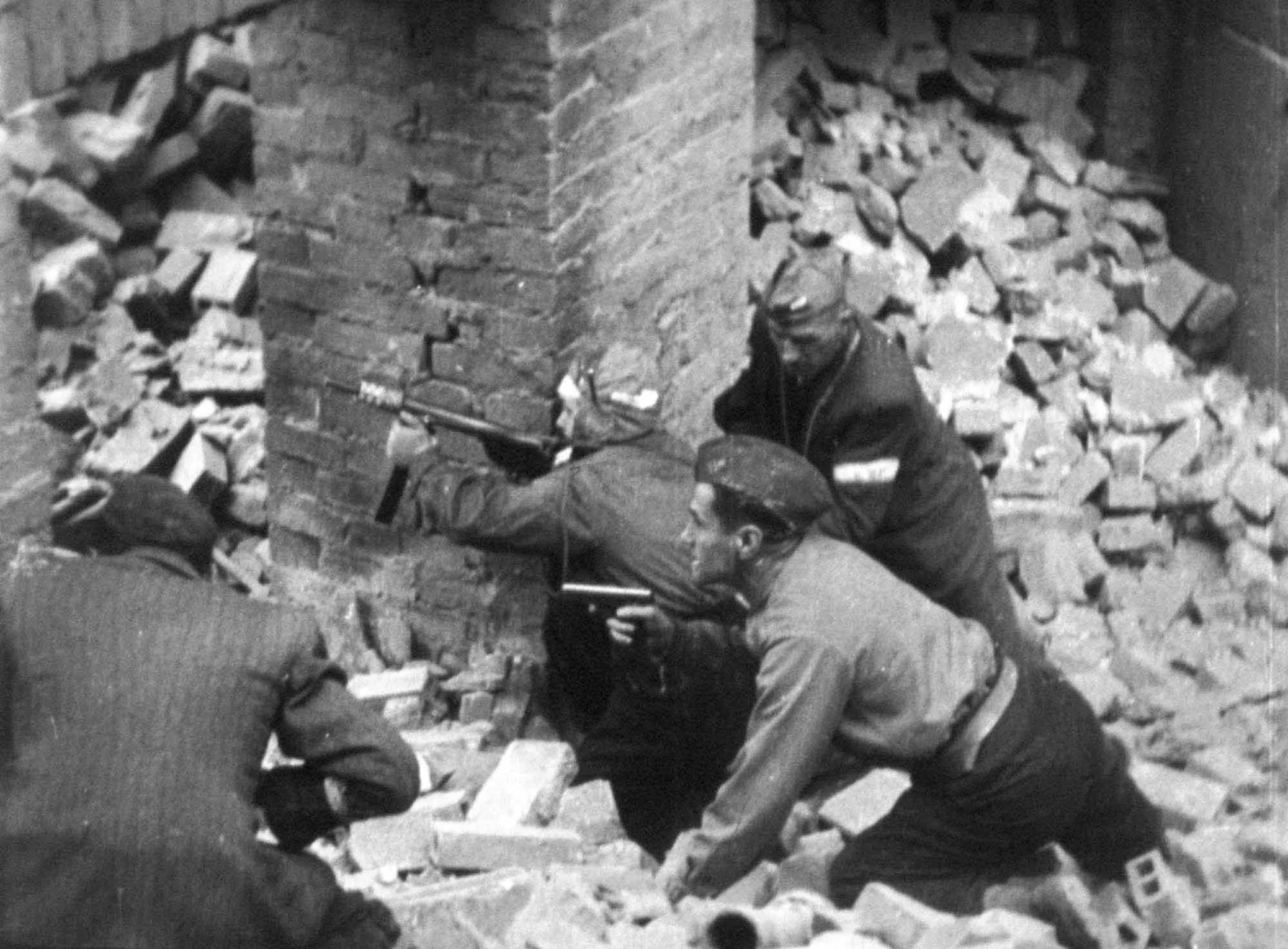
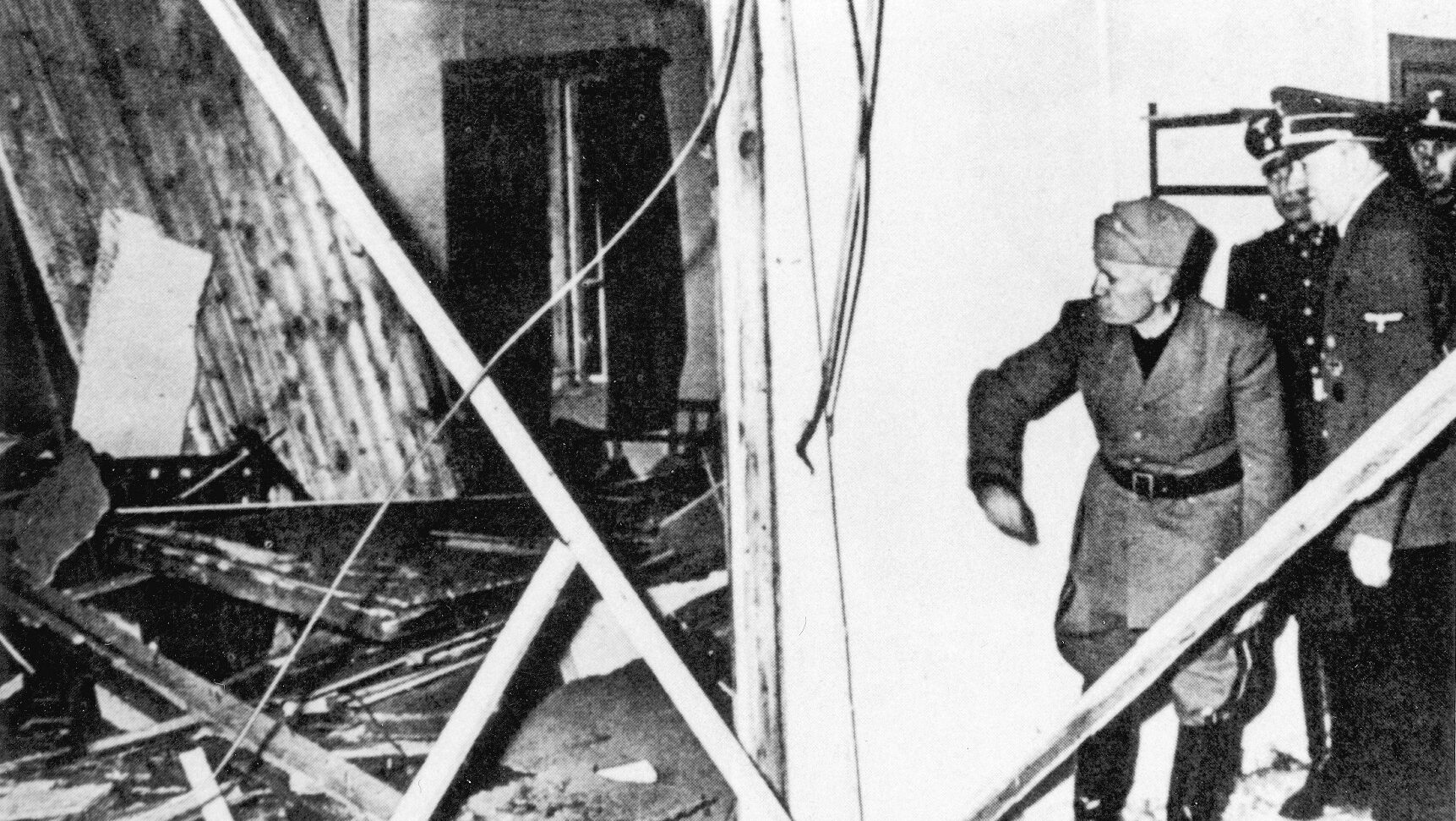
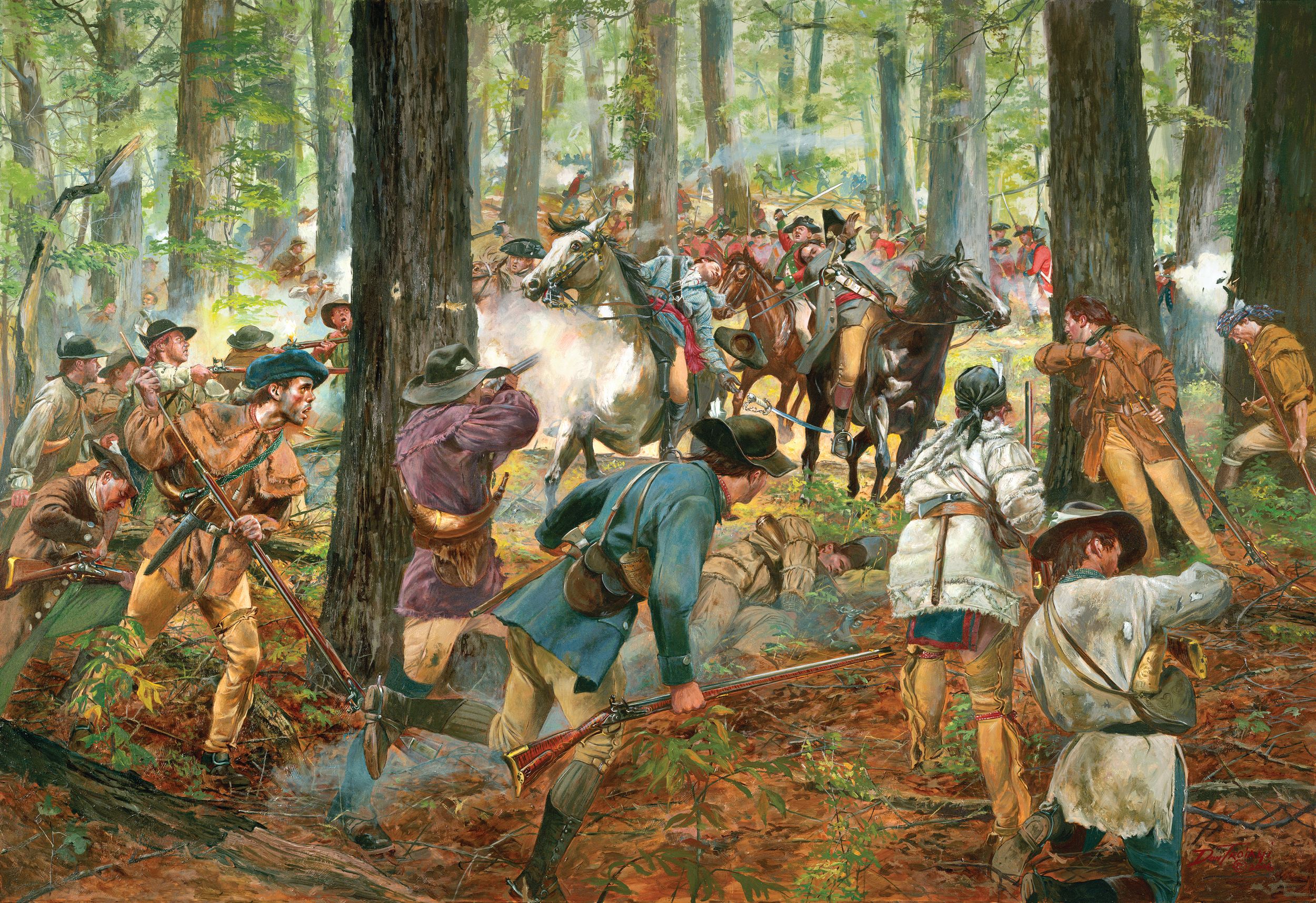
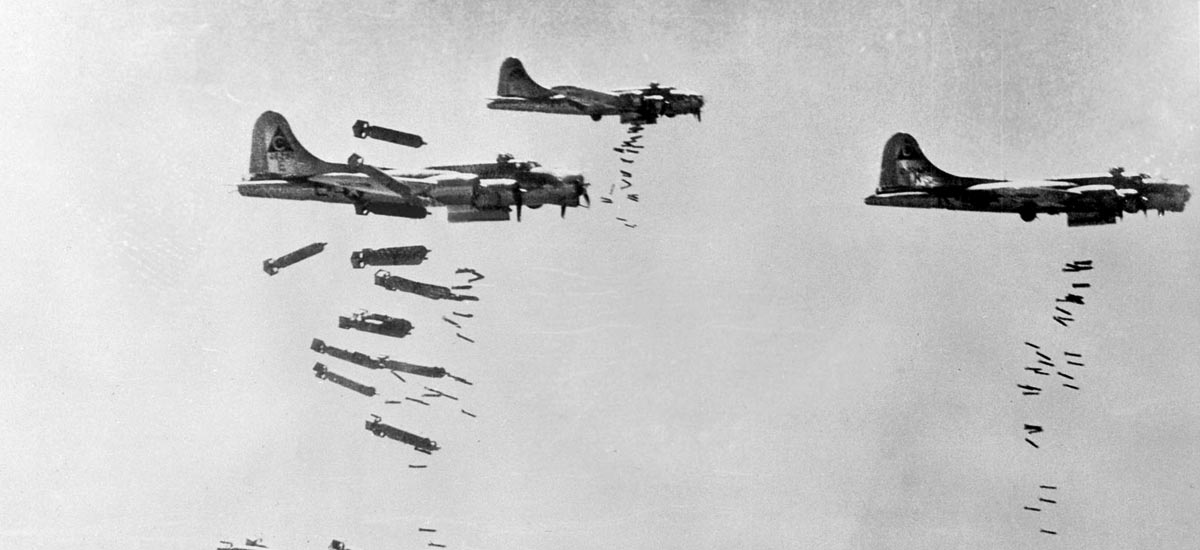
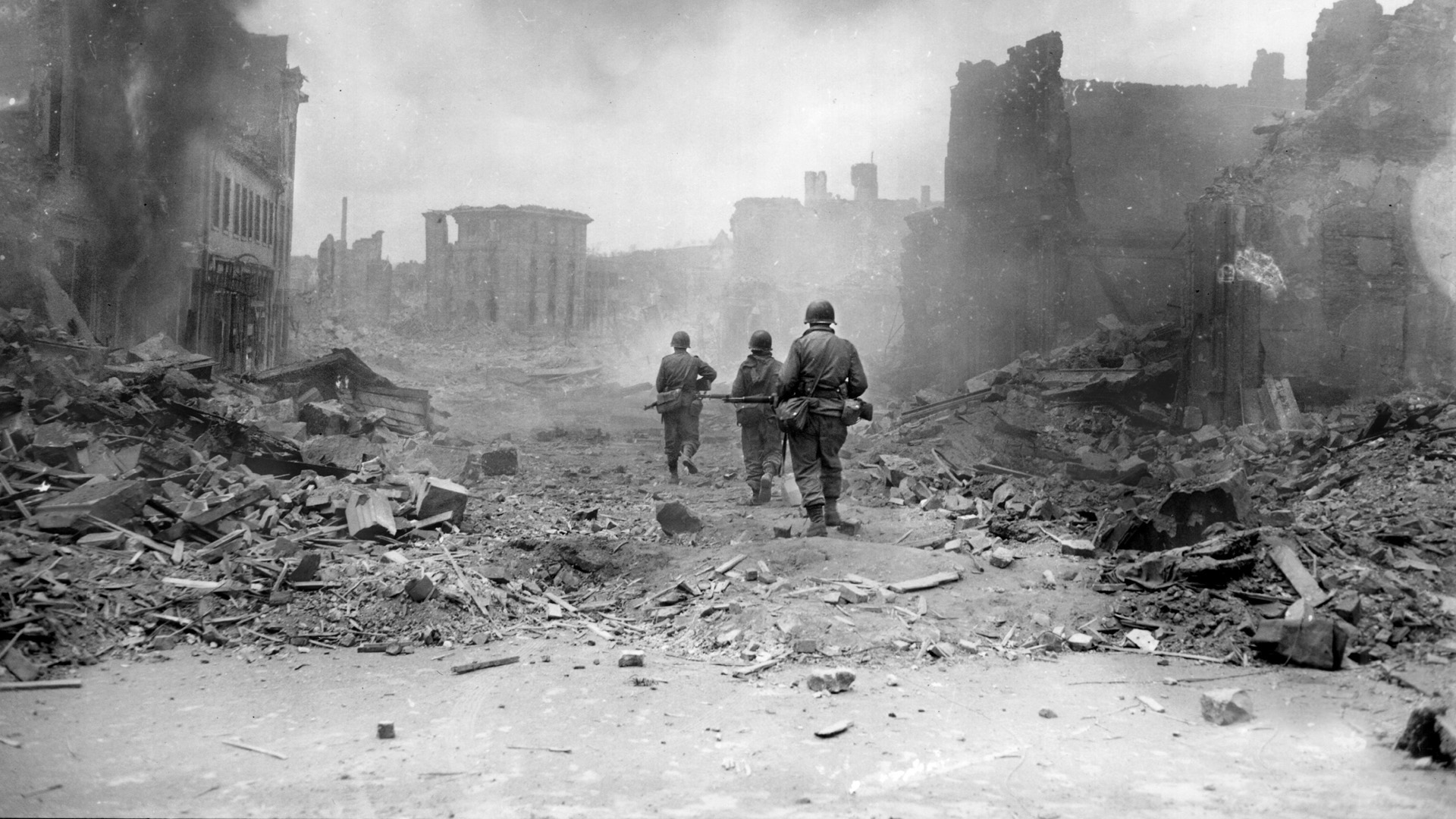
Join The Conversation
Comments
View All Comments